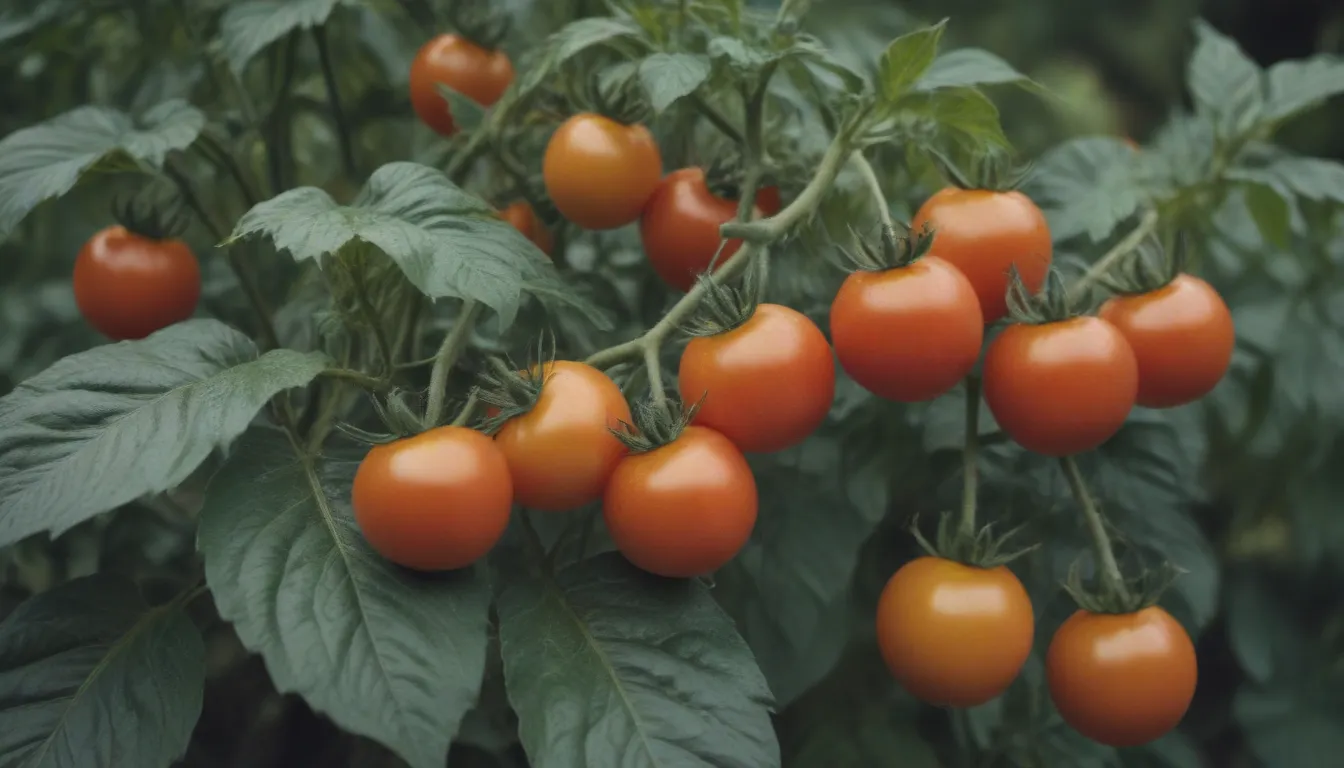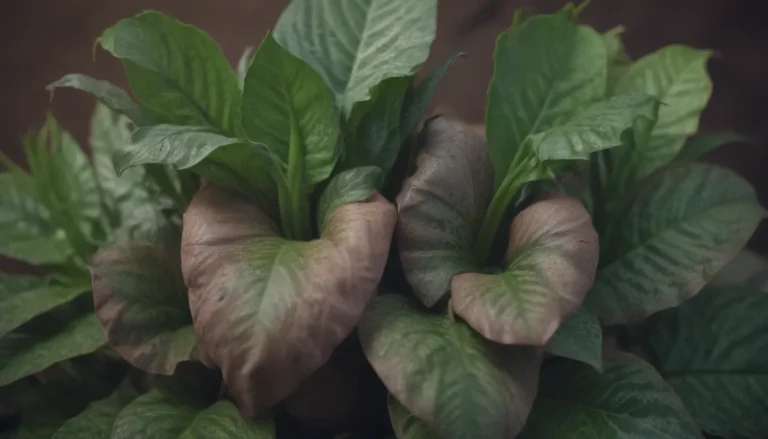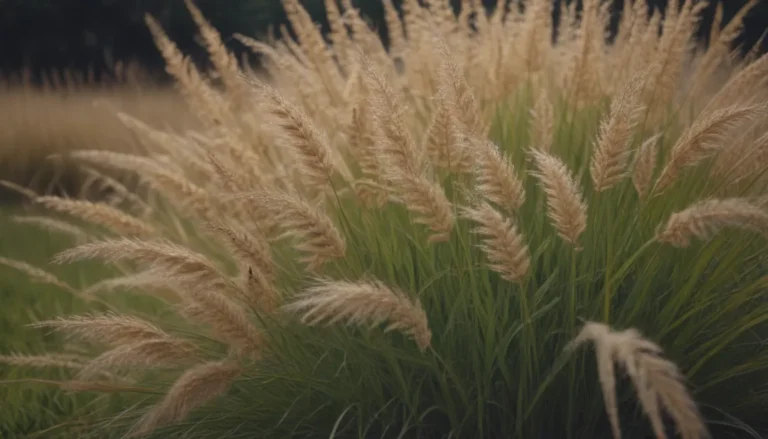The Ultimate Guide to Tomato Plant Pests: How to Identify and Control Them

Pests are a common nuisance for tomato plants, and as a gardener, it’s essential to be able to identify these pesky insects and take the necessary steps to control them. In this comprehensive guide, we’ll walk you through 12 of the most common tomato plant pests, their signs of damage, and the best control methods to keep your plants healthy and thriving.
Understanding Tomato Pests: A Brief Overview
Before we delve into the world of tomato plant pests, it’s crucial to understand that not all insects on your plants are harmful. In fact, some insects, such as predatory wasps, ladybugs, and lacewings, are beneficial allies in controlling tomato pests as they feed on the harmful insects. Before jumping into pest control treatments, make sure the insects you’re dealing with are indeed harmful tomato pests.
Population numbers and the extent of damage caused by the pests will also play a crucial role in determining the best course of action for control. Let’s explore some common tomato pests and how you can deal with them effectively.
1. Cutworms
Cutworms are the caterpillars of various moth species, with the variegated and black cutworms being the most common culprits attacking tomato plants.
– Signs of Damage:
– Plants cut off at the soil level
– Presence of caterpillars in the soil
– Control:
– Hand-picking and destroying the caterpillars
– Installing collars around young plants to prevent cutworms from attacking the stems
2. Hornworms
Hornworms are large, blue-green caterpillars with distinctive white diagonal stripes on their bodies.
– Signs of Damage:
– Defoliation of plants
– Large caterpillars feeding on foliage
– Control:
– Hand-picking and destroying hornworms
– Attracting natural predators such as birds and parasitic wasps to control populations
3. Aphids
Aphids are small, soft-bodied insects that can quickly multiply and infest tomato plants.
– Signs of Damage:
– Stunted growth
– Curling or distorted leaves
– Sticky honeydew residue on plants
– Control:
– Spraying plants with insecticidal soap or neem oil
– Introducing beneficial insects like ladybugs to control aphid populations
4. Spider Mites
These tiny pests are almost invisible to the naked eye and can wreak havoc on tomato plants, especially during hot, dry weather.
– Signs of Damage:
– Fine webbing on plants
– Yellow stippling on leaves
– Overall decline in plant health
– Control:
– Spraying plants with a strong jet of water to dislodge mites
– Applying insecticidal soap or neem oil to control populations
5. Tomato Fruit Worms
Also known as corn earworms, these caterpillars feed on tomato fruits, causing significant damage.
– Signs of Damage:
– Entry holes in fruits
– Presence of caterpillars inside fruits
– Control:
– Applying Bacillus thuringiensis (Bt) to target caterpillars
– Regularly inspecting and harvesting ripe fruits to prevent infestations
6. Flea Beetles
Flea beetles are small, jumping insects that can chew small holes in tomato leaves, affecting plant health.
– Signs of Damage:
– Small, round holes in leaves
– Flea beetles jumping when disturbed
– Control:
– Applying diatomaceous earth or insecticidal soap to repel beetles
– Using row covers to protect plants from infestation
7. Thrips
Thrips are tiny insects with narrow bodies that can cause damage to tomato foliage.
– Signs of Damage:
– Silvering or bronzing of leaves
– Deformed growth
– Presence of thrips on plants
– Control:
– Introducing predatory mites to control thrips populations
– Applying neem oil or insecticidal soap to target thrips
8. Leafminers
Leafminer flies lay eggs on tomato leaves, and the resulting larvae tunnel inside the leaves, causing damage.
– Signs of Damage:
– Serpentine tunnels on leaves
– Leaf curling or distortion
– Control:
– Pruning and destroying infested leaves
– Using sticky traps to catch adult leafminer flies
9. Colorado Potato Beetles
Although they prefer potatoes, Colorado potato beetles can also feed on tomato plants, causing defoliation.
– Signs of Damage:
– Skeletonized leaves
– Presence of orange-pink larvae on plants
– Control:
– Hand-picking and destroying beetles and larvae
– Applying neem oil or insecticidal soap to control populations
10. Stink Bugs
Stink bugs are shield-shaped insects that can cause damage to tomato plants, especially during the growing season.
– Signs of Damage:
– Sunken spots on fruits
– Deformed or damaged fruits
– Control:
– Hand-picking and destroying stink bugs
– Using floating row covers to protect plants from infestation
11. Whiteflies
Whiteflies are small insects with yellowish bodies that can weaken tomato plants and transmit diseases.
– Signs of Damage:
– Sticky honeydew residue on plants
– Yellowing or wilting of leaves
– Control:
– Applying insecticidal soap or neem oil to control populations
– Using reflective mulches to deter whiteflies from landing on plants
12. Armyworms
Armyworm caterpillars can cause significant damage to tomato plants, especially during the warmer months.
– Signs of Damage:
– Defoliation of plants
– Presence of caterpillars on plants
– Control:
– Applying Bacillus thuringiensis (Bt) to target caterpillars
– Using pheromone traps to monitor and control populations
In conclusion, being able to identify and control tomato plant pests is essential for maintaining a healthy garden. By being proactive and utilizing integrated pest management strategies, you can effectively protect your tomato plants from damage and ensure a bountiful harvest. Remember to regularly inspect your plants, introduce beneficial insects, and use environmentally friendly pest control methods to keep your garden thriving. Happy gardening!





